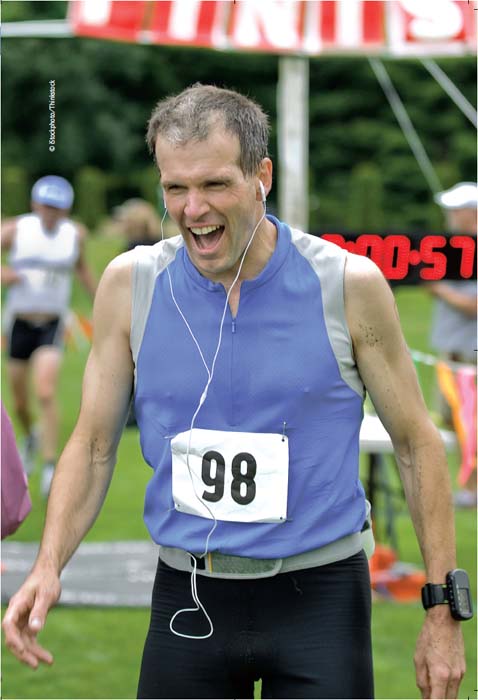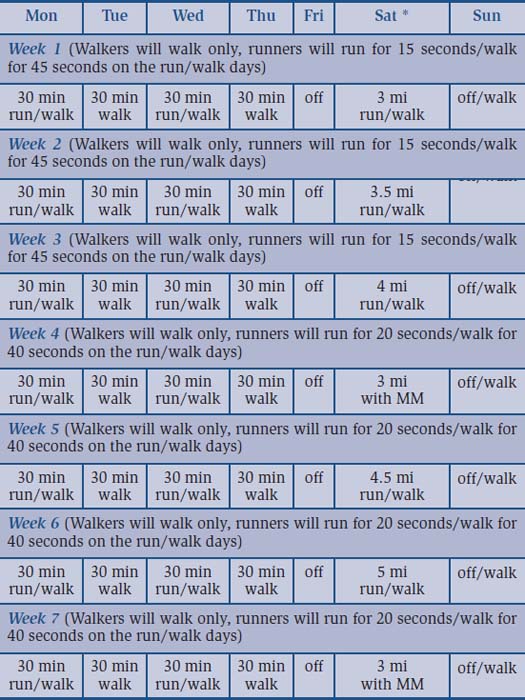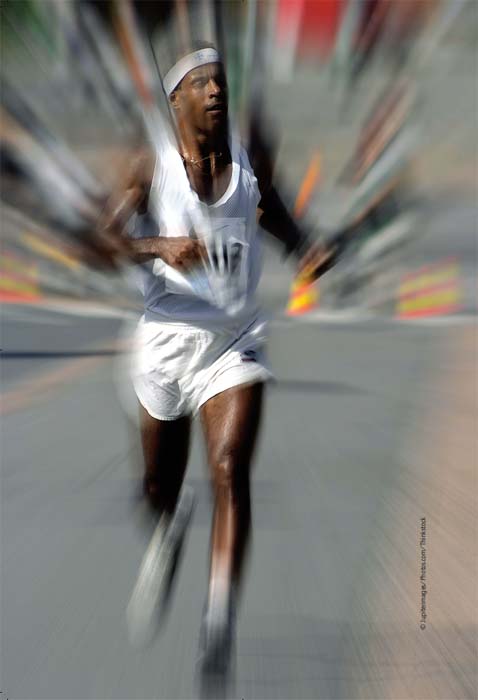
5K – To Finish
Runners who are already running more than indicated can continue with their ratio of run-walk-run or continuous running.

* run the long run 4 min/mi slower than your magic mile predicts in the 5K, adjust for temperature (MM = “magic mile” time trial, detailed see here)

10K – To Finish
Runners who are already running more than indicated can continue with their ratio of run-walk-run or continuous running.

* run the long run 3.5 min/mi slower than your magic mile predicts in the 10K, adjust for temperature (MM = “magic mile” time trial, detailed see here)

Note: This training advice is given as one runner to another. For medical questions, ask your doctor.
For more training information, including time goal programs see my book 5K/10K which is available, autographed, at www.jeffgalloway.com
Half Marathon to finish
- This program is designed for those who have already been running regularly, but have never run a half marathon before, or for veterans who don’t have a time goal. To begin this program, you should have run a long run of at least 4 miles within the past two weeks. If your long run is not this long, then gradually increase the weekend run to this distance before beginning this program. If you have been running more than that listed on the schedule, it is usually OK to continue at that level.
- What pace to run on the long runs? Read the section in this journal on pacing the long runs (see here).
- Run-walk-run ratio should correspond to the pace used (see here)
- Pace for the half marathon itself: Run the first 10 miles (16K) at the training pace, noted above. If you want to speed up a little during the last 5K, go as you feel.
- On long runs and the race itself, slow down when the temperature rises above 60F by 30 sec a mile for every 5 degrees above 60F or more (slow down 20 sec/KM for every 2C above 14C).
- Tuesday and Thursday runs can be done at the pace of your choice.
- It is fine to do cross training on Mon, Wed, and Fri. if you wish. There will be little benefit to your running in doing this, but you’ll increase your fat burning. Don’t do exercises like stair machines that use the calf muscle on days when you are resting from running.
- Be sure to take a vacation from strenuous exercise, the day before your weekend runs.
- An optional pace segment (p) is noted on the Thursday run. To get used to a pace you want to run in the race itself, time yourself for 1-3 miles, and take the walk breaks as you will do them in the race. This is especially important if you are anxious about finishing before the finish line is closed. This time is usually listed on the race website.

For time goal programs, see my book HALF MARATHON. This can be ordered, autographed, from www.jeffgalloway.com
Note: This training advice is given as one runner to another. For medical questions, ask your doctor.
* run the long run 3 min/mi slower than your magic mile predicts in the Half Marathon, adjust for temperature
(MM = “magic mile” time trial, detailed see here)
Marathon Training Schedule
To Finish
- This program is designed for those who have already been running regularly, but have never run a marathon before, or for veterans who don’t have a time goal. To begin this program, you should have run at long run of at least 3 miles (5K) within the past 2 weeks. If your long run is not this long, then gradually increase the weekend run to this distance. If you have been running more than what is listed on the schedule, it is usually OK to continue at that level.
- What pace to run on the long runs? Read the section in this journal on pacing the long runs (see here).
- Run-walk-run ratio should correspond to the pace used (see here)
- Pace for the marathon itself: Run the first 10 miles (16K) at the training pace, noted above. If you want to speed up a little during the last 5K, go as you feel.
- On long runs and the race itself, slow down when the temperature rises above 60F by 30 seconds a mile for every 5 degrees above 60F or more (slow down 20 sec/KM for every 2C above 14C).
- Tuesday and Thursday runs can be done at the pace of your choice.
- It is fine to do cross training on Mon, Wed, and Fri. if you wish. There will be little benefit to your running in doing this, but you’ll increase fat burning. Don’t do exercises like stair machines that use the calf muscle on days when you are resting from running.
- Be sure to take a vacation from strenuous exercise, the day before your long runs.
- An optional pace segment (p) is noted on the Thursday run. To get used to a pace you want to run in the race itself, time yourself for 1-3 miles, and take the walk breaks as you will do them in the race. This is especially important if you are anxious about finishing before the finish line is closed. This time is usually listed on the race website.
Note: This training advice is given as one runner to another. For medical questions, ask your doctor.
For more training information, including time goal programs see my book Galloway’s Marathon FAQs & A Year Round Plan which are available, autographed, at www.jeffgalloway.com

* run the long run 2 min/mi slower than your magic mile predicts in the Marathon, adjust for temperature
(MM = “magic mile” time trial, detailed see here)



